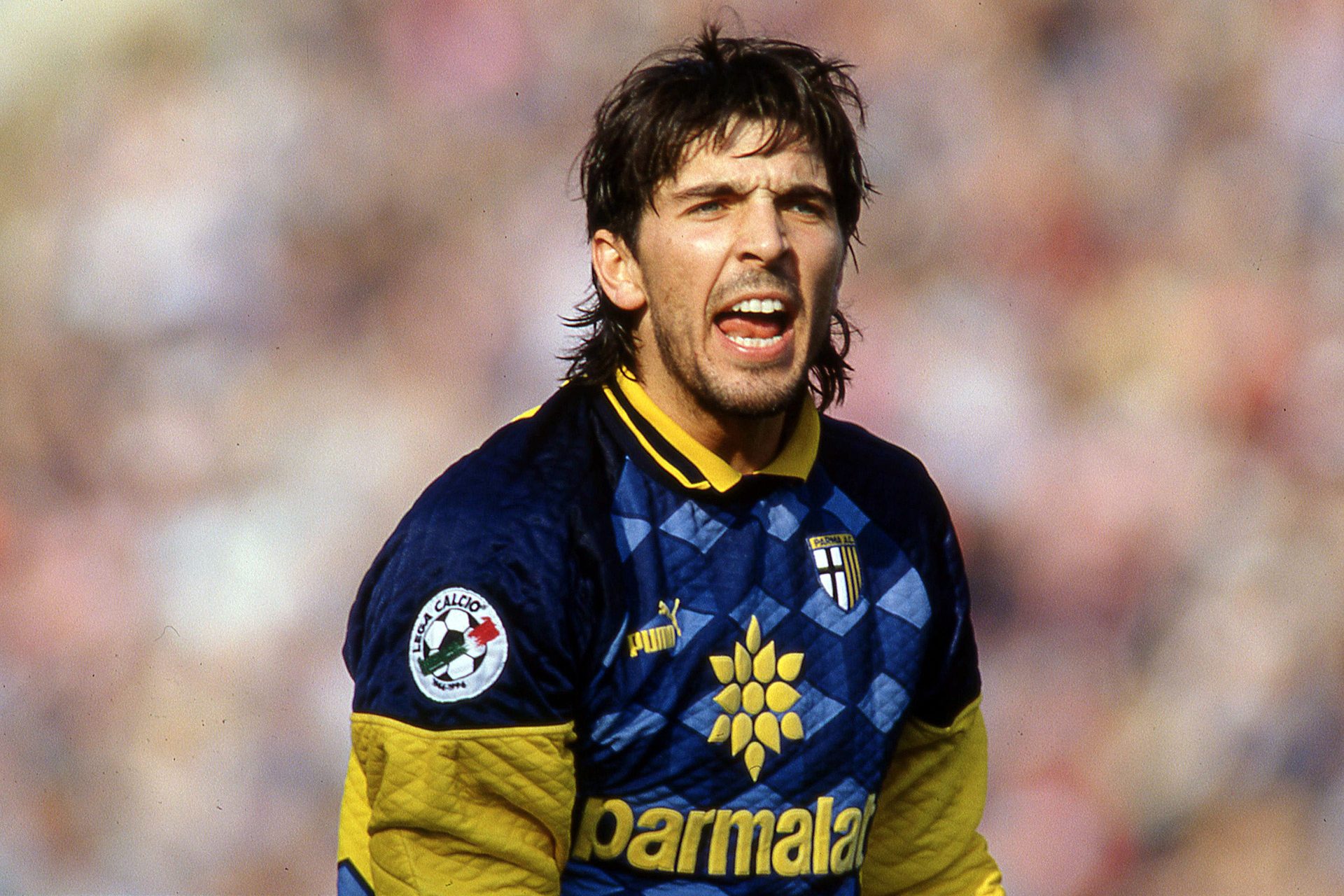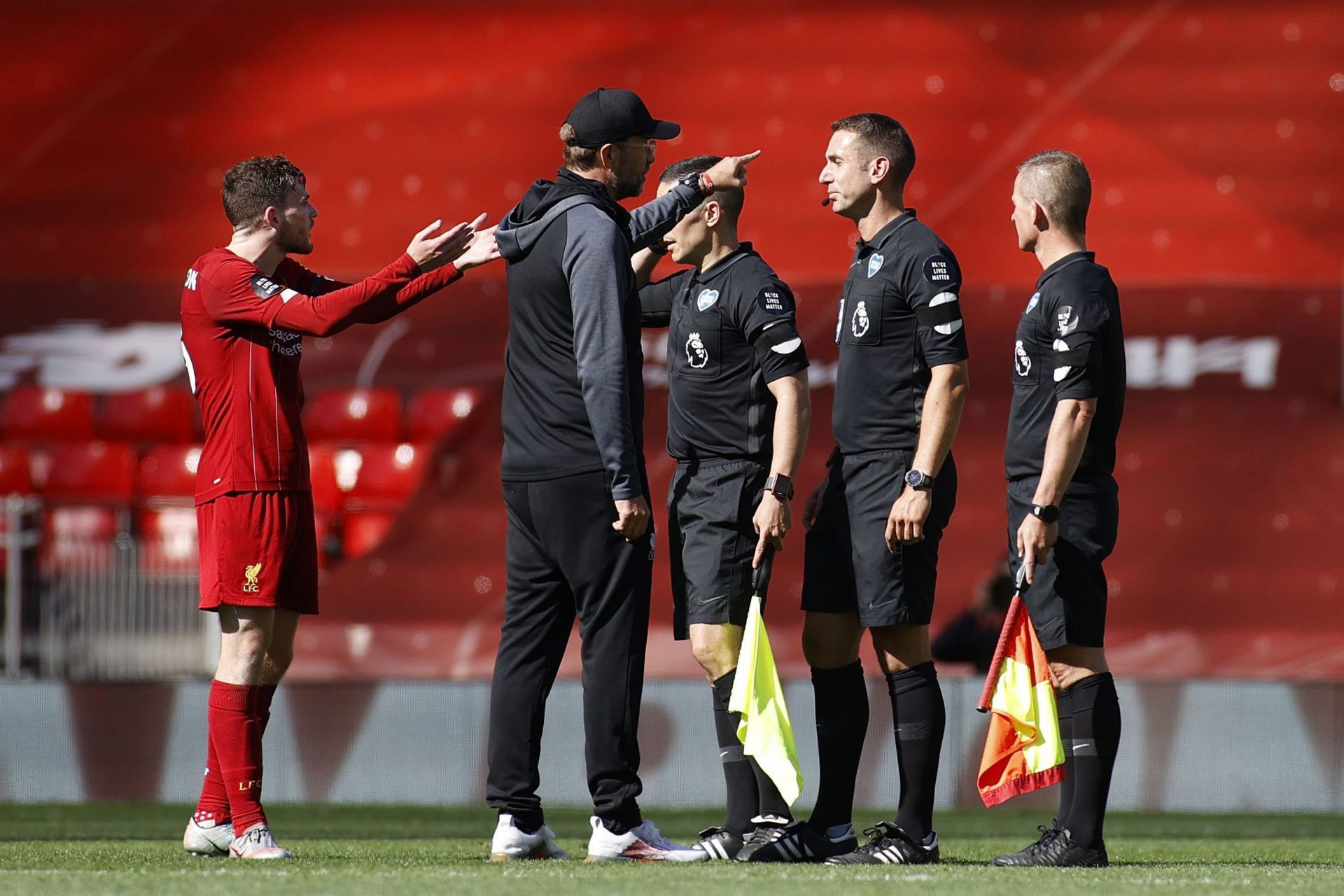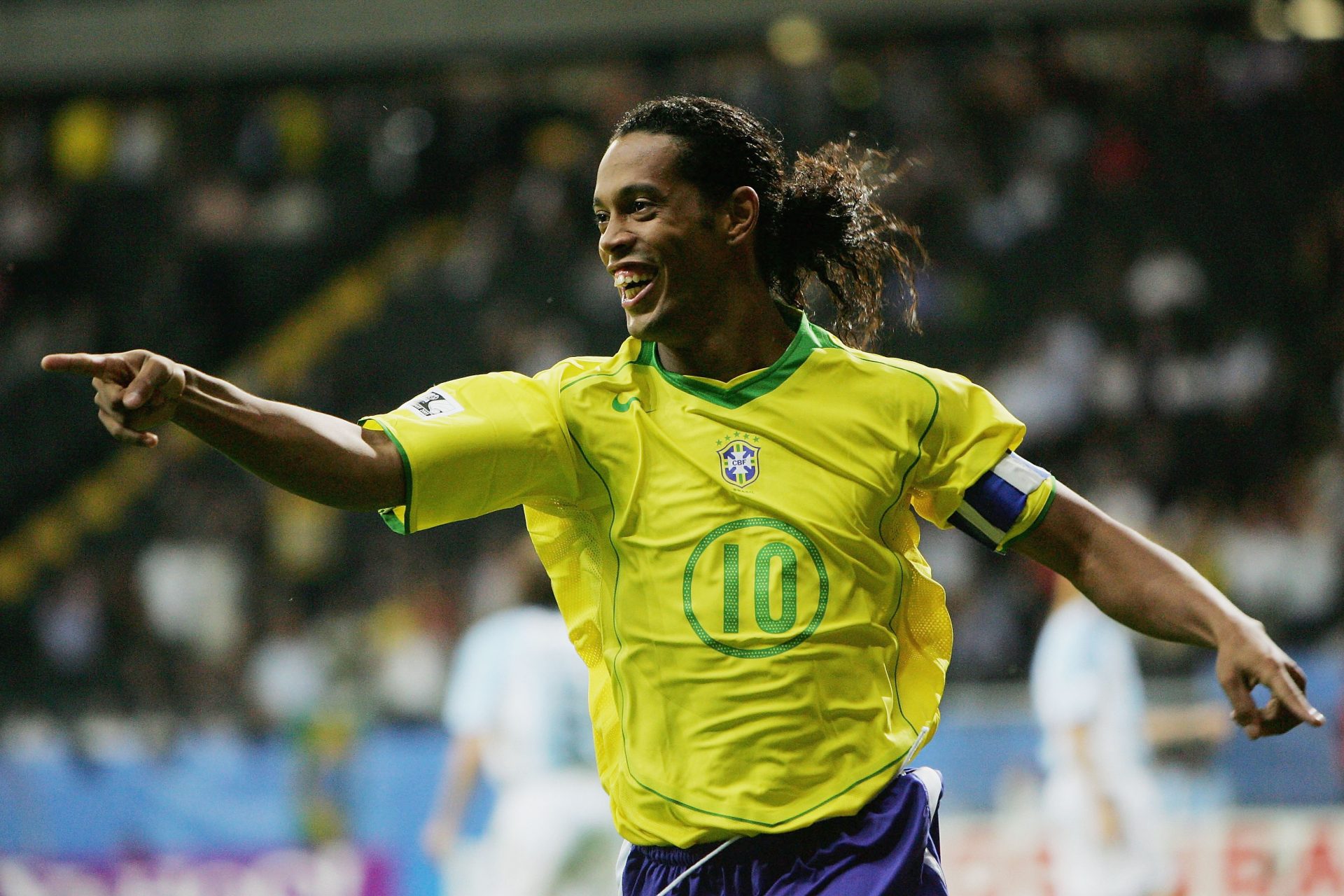Sacred tradition or straight-up violence? Calcio Storico – the world's most brutal sport
Don't be fooled by the name: Calcio Storico Fiorentino is not a simple ancient version of soccer. It's something else entirely
Indeed, despite the name, Calcio Storico Fiorentino (Italian for 'historic football') is more of a blend of different disciplines. But, if we really want to find affinities with modern sports, it has more to do with rugby than with soccer, while also presenting some elements of boxing.
In researching the origins of this sport, historians have traced it back to Roman times, when legionaries, before a battle, played a game similar to Calcio Storico: Harpastum ("forcibly tear apart").
The rules of the Harpastum were quite simple: two teams, formed by an equal number of players, fought hand to hand to "forcefully tear" a ball made of rags or leather. This is not a million miles away from what ended up being Calcio Storico.
Photo: By Unknown - http://alecanaya.files.wordpress.com/2010/06/harpastum.jpg, Public domain, https://commons.wikimedia.org/w/index.php?curid=25246589
In the second half of the 15th century, Calcio Storico experienced a period of great distribution: the Florentines practiced it indiscriminately in every corner of the city and until the 1600s, albeit with the introduction of stricter rules to guarantee public order in the city. Over the course of the next 200 years though, Calcio Storico slowly went out of favor.
Photo: Di Sconosciuto - Pietro di Lorenzo Bini (ed.), Memoirs of Florentine football taken from various scriptures and dedicated to the most serene highnesses of Ferdinando Prince of Tuscany and Violante Beatrice of Bavaria, Florence, Printing house of SAS alla Condotta [1688], Public domain, https://commons.wikimedia.org/w/index.php?curid=864734
Today, Calcio Storico is played only once a year, in the celebrations preceding the feast of the patron saint of Florence, San Giovanni, on 24 June. Calcio Storico, one of the oldest traditions of the city, is played in the lead-up to this holy event against the backdrop of the splendid Piazza Santa Croce.
Calcio Fiorentino is based on the 33 rules that make up regulation from the 1500s. Although the latter has undergone numerous changes over the centuries, the basic structure of the game is the same.
Two teams of 27 players, called "calcianti", compete on a rectangular sandy field. Supervising the game (and the scuffles between the players) are a referee, a commissioner, and six linesmen.
Each match of Calcio Storico lasts 50 minutes, during which the teams must try to "hunt", i.e. score, in the opposing team's goal to earn 1 point. The goal is exactly the entire short side of the pitch, but beware, "hunting" isn't as easy as you might think.
If the ball lands over the goal net, there is a penalty and half a "chase" is awarded to the opposing team. It goes without saying that accuracy in Calcio Storico is fundamental.
Players can pass the ball with their hands and can collide, tackle and puch each other to prevent their opponents from "hunting": this is when the similarities between rugby and boxing become more evident.
The 27 players that make up a team have a position that they must maintain once they take the field for the entire duration of the match. Each team is made up of four back players (which would be the goalkeepers), three forward players (which are similar to the full-backs of modern football or soccer), five sconciatori (i.e. the defensive midfielders) and fifteen runners (which would be the forwards).
The aspect in which, on a formal level, Calcio Storico differs most from both football and rugby is that of substitutions: if a player is injured, none are foreseen. The team simply loses one of its players and has to play one man down.
To make reaching the opponent's goal even more complicated, if it weren't enough to have to face the strength and grit of the opponents, there is also a question of "look": every kicker, in fact, is obliged to wear the liveries of the time. Tradition gives way to comfort here, as these outdated outfits are not exactly conducive to peak performance. Still, it is a sacrifice that every player is willing to make to uphold their team's customs and colors.
There are four teams in the competition, each of which defends the colors of the historic Florentine districts: Santa Maria Novella (the "Whites"), San Giovanni (the "Greens"), Santo Spirito (the Rossi") and Santa Croce (the "Blues").
Photo: Di Horemhat - Debora Iacopini, Daniele Balbiano et al., The districts of Florence. Problems and mechanisms related to the internal division of a municipal territory. academia.edu., CC BY-SA 4.0, https://commons.wikimedia.org/w/index.php?curid=79065228
Calcio Storico is not played for money – there is no monetary compensation for the players and, in case of final victory, the victorious team takes home a fantastic prize... a purebred heifer Chianina!
However similar it may seem to football, rugby and boxing, the Florentine Calcio Storico did not have, at least until a few years ago, strict rules that guaranteed the safety and security of the players as happens in modern disciplines (both as regards tackle, both for scrums, for example).
In the photo: a historical football match in Piazza della Signoria, in 1932
Hand-to-hand combat is one of the most important aspects of gameplay, and given the strong rivalry between these districts, it's easy to see how on some occasions this could boil over into something far more serious and dangerous.
Case in point, the first match between the Whites and the Azzurri in 2006. The match ended in a brawl and the violence was so bad it forced the municipal council to cancel not only that year's tournament, but also the following year's one as well. They used this time to develop regulations for the competition to ensure the safety of the players.
Since 2008, in order to take part in the tournament, players must be under 40 years old and, not to be underestimated, they must not have had serious criminal convictions, such as, for example, a murder conviction.
Furthermore, the players cannot strike each other on the neck and or on the head if they are not facing each – other than when engaged in a boxing-type melee. They also cannot intervene in a 'fight' between a teammate and an opponent, unless the opponent is not in possession of the ball at the time. They also cannot tackle from behind, from the hips up.
Despite the efforts to mitigate the "violent" nature of Calcio Storico, it has not transformed its essence or diminished its charm, and this sport continues to attract attention not only in Florence and Italy, but throughout the world.
The foreign interest in Calcio Storico is such that it has become the subject of numerous articles and various documentaries over the years. VICE covered it in 2017 and the 2020 episode of the Netflix docu-series d Home Game docu-series dedicated its first episode to it.
The New York Times also talked about it, in an article entitled "A Most Dangerous Game", in which the players were presented as real gladiators, ready to fight.
But is that really the case, or is Calcio Storico just the history and tradition of a city that comes to life every year?
Whatever the diffusion and reception inside and outside the Italian borders of a sport like Calcio Storico, the fact remains that it is a sport strongly linked to the city of Florence and that, probably, only in Florence does it find its raison d'être.
The bond between the Tuscan capital and Calcio Storico is so strong that even ACF Fiorentina in 2017 wore the emblems of these four districts on their shirts, as well as sometimes having four different second shirts, each with one of the colors of the neighborhoods that compete in the Calcio Storico.
In the photo, the unforgettable Davide Astori, wearing the away shirt dedicated to the Whites of Calcio Storico.
More for you
Top Stories







































